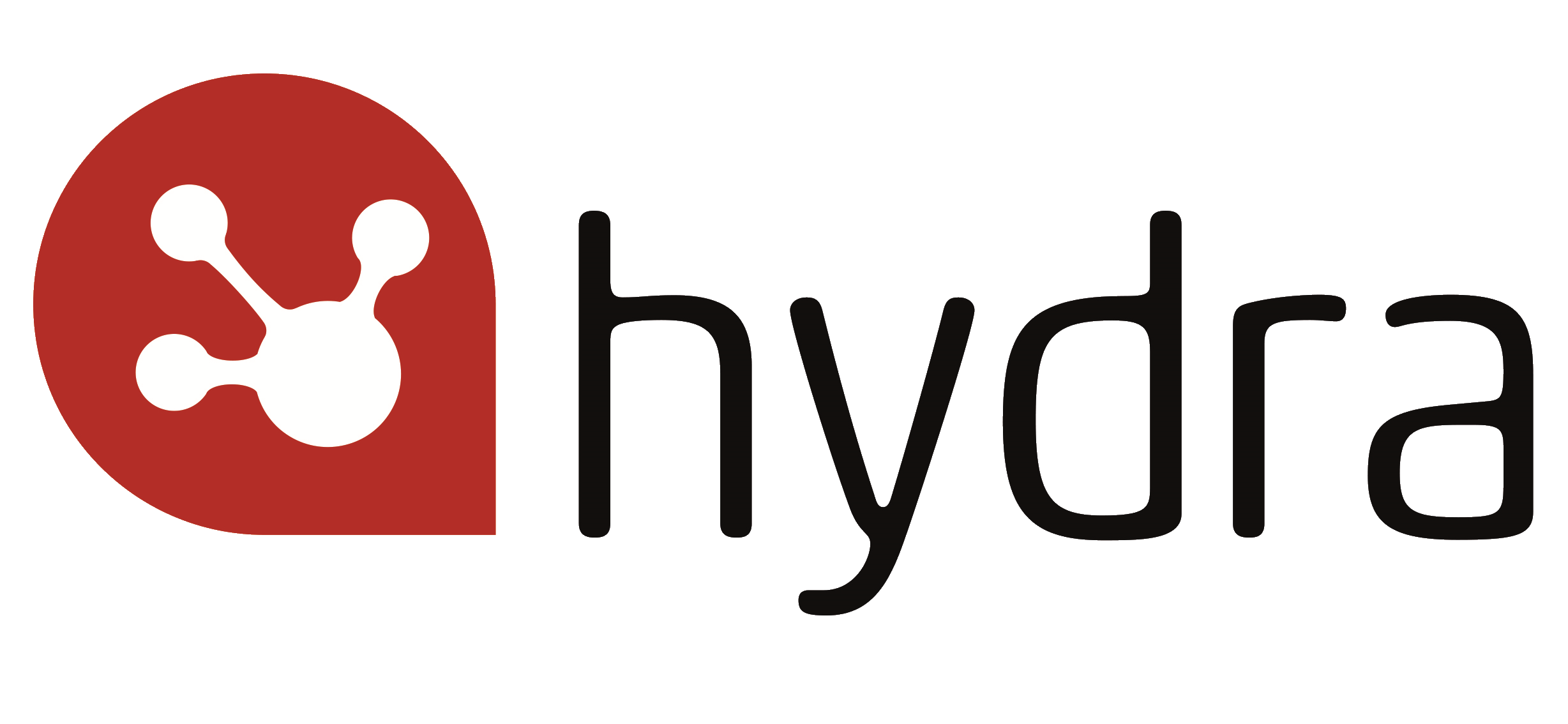4 key strategies to build collaboration in project teams
Companies are increasingly relying on large and highly diverse teams of specialists to fulfill their projects. The more specialist the skill sets required, the wider businesses are casting their nets to find the individuals they need.
The result is often a geographically dispersed team that can struggle to communicate and collaborate. No matter where your team is located you still have to manage your people and their skills. Collaborating online or over long distances presents a unique set of challenges that project teams must overcome. Here are our 4 key strategies to help you do just that.
1. Centralise project team management in the Cloud
When key team members are working remotely important tasks can slip through the cracks. Centralising the management of the task with cloud-based project planning and resource management software allows you to create environments where documents, information and resources can be shared online.
Tracking all work in one system allows plans to be linked together and individual team members identify where dependencies and constraints between resources, projects and portfolios exist. The result is a more collaborative approach to projects, irrespective of where each team member might be.
2. Implement new methods of communication
Moving away from email inboxes can be a subtle tool to increase collaboration across a project team. Choosing the right mode of communication can enrich a project and prevent team members from getting lost in an endless flow of emails. Project portfolio management software allows real-time alerts to be sent by text, while reports and alerts can be distributed to any mobile device to ensure information is in the right place, at the right time.
Integrating enterprise social networks with collaborative platforms can make it easier for team members to communicate. Social enterprise networks allow team members to work quickly and more effectively while keeping all messages, files and updates in one place.
3. Introduce collaborative software
Remote project teams need to be encouraged to work together. Project management software enables collaboration and allows teams to work together securely online just as effectively as they would in the same room.
Team members can exchange files with their colleagues without the of use email, while social tools allow team members to co-edit and work collaboratively without having to worry about creating duplicate documents. This team working space can also be extended to include suppliers and customers for complete collaboration along the stakeholder chain.
4. Create an open and transparent collaborative environment
One of the primary benefits of a shared workspace is the ability for everyone to see all the tasks involved in the delivery of the project and the schedule for completion. Making the process transparent by giving the whole team access to key information can keep your project on the right track.
Schedules update in real time so everyone knows exactly what stage the project is at and how it needs to progress. By making the project dependencies clear, team members can focus on the big picture rather than just their piece of the puzzle. This can help to promote a collaborative approach and even a healthy sense of competition, as those who meet or even exceed expectations are there for all to see.
How can Hydra help?
Individuals are the driving force behind project completion, but implementing strategies that build collaboration between team members is the real route to success. Hydra is the only project automation and resource management software solution that combines the benefits of Project and Portfolio Management (PPM), Business Process Management (BPM) and Knowledge Management (KM), while creating shared environments for project teams.


